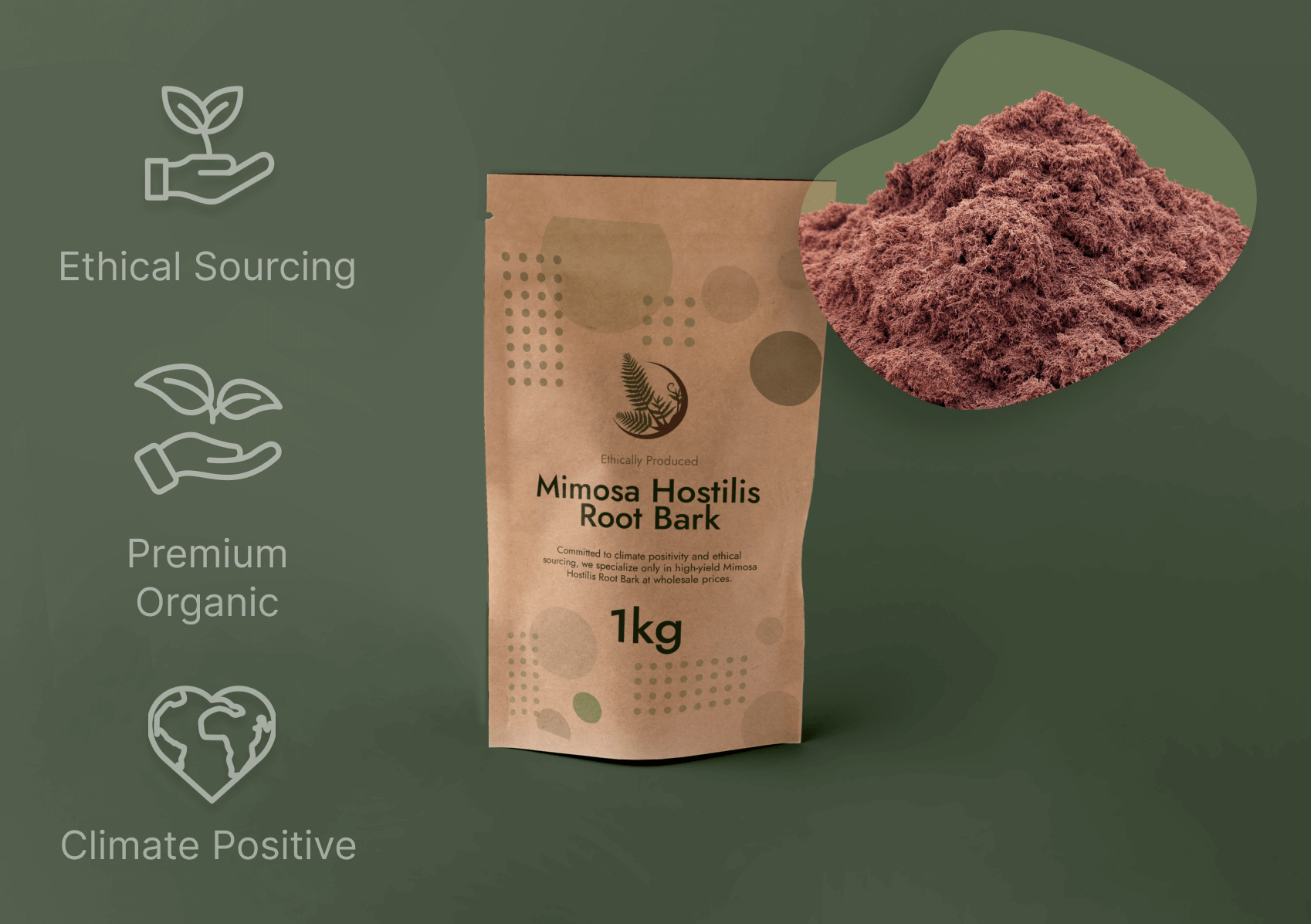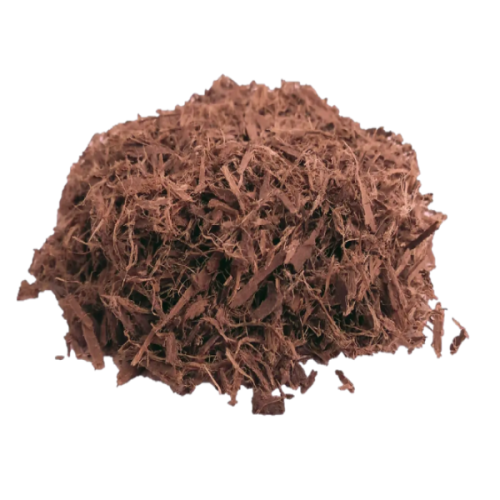Mimosa Hostilis Root Bark: A Guide to Origins and Makes use of
Wiki Article

Mimosa Hostilis Root Bark holds a big location in common methods and present day botanical programs. This information explores the features, origins, and customary issues bordering this exceptional plant product, with a specific center on the prized Brazillian Mimosa Hostilis Root Barks.
Precisely what is Mimosa Hostilis Root Bark?
Mimosa Hostilis, scientifically generally known as Mimosa tenuiflora, is actually a perennial tree native on the northeastern region of Brazil and portions of Mexico. The foundation bark of the tree has actually been employed for hundreds of years by indigenous communities for different useful and standard purposes. The interior root bark contains noteworthy concentrations of tannins, alkaloids, together with other phytochemicals that contribute to its exclusive Attributes and applications.
The tree by itself is remarkably resilient, capable of surviving in poor soils and drought problems. This hardiness contributes to the strong nature of the bark and its chemical profile. When harvested sustainably, the outer root bark is carefully divided to access the precious inner bark, and that is then dried and geared up to be used.
Brazilian Mimosa Hostilis Root Bark: The Gold Standard
When discussing high quality in Mimosa Hostilis solutions, the Brazillian Mimosa Hostilis Root Barks are commonly deemed excellent during the botanical market. A number of things add to this status:
Best Escalating Situations
The particular soil composition, climate, and ecosystem of Brazil's northeastern location generate great circumstances for Mimosa tenuiflora to build its comprehensive chemical opportunity. The mineral-loaded soils and individual pattern of rainfall and sunlight In this particular location surface to improve the focus of Energetic compounds in the basis bark.Conventional Harvesting Understanding
In locations where Mimosa Hostilis continues to be utilised traditionally, harvesters have designed refined approaches for sustainable harvesting that preserves equally the tree and also the potency on the bark. This know-how, passed down by generations, ensures that the bark is collected at the correct time of 12 months and processed applying tactics that keep its integrity.Distinctive Bodily Characteristics
Brazilian Mimosa Hostilis Root Bark commonly shows a rich reddish-brown to purple inner bark which has a fibrous, dense texture. The Visible characteristics often serve as an Original indicator of excellent, with knowledgeable buyers recognizing the unique visual appeal of bark from this area.
Frequent Applications and Makes use of
The apps of Mimosa Hostilis Root Bark span each standard and modern-day contexts, even though It really is vital to know the lawful position of such utilizes varies by region and jurisdiction.
Classic Craft and Practice
Indigenous communities have Traditionally utilized Mimosa Hostilis Root Bark for developing all-natural dyes for textiles, Along with the bark making lovely shades of purple, burgundy, and deep brown. The tannin-prosperous Attributes also designed it important for leather tanning as well as other functional programs.Fashionable Botanical Investigate
Up to date desire in Mimosa Hostilis Root Bark extends to various fields of botanical investigation, specially researching its chemical composition and potential purposes. Scientists have recognized various exciting compounds inside the bark that warrant further scientific investigation.Horticultural and Agricultural Takes advantage of
In permaculture and sustainable agriculture, Mimosa tenuiflora is valued being a nitrogen-repairing species that could improve soil excellent. The bark itself, when processed, can be utilized as being a pure mulch or soil amendment in sure agricultural contexts.High quality Evaluation and Identification

For people dealing with Mimosa Hostilis Root Bark, knowing the best way to assess good quality is vital. Large-quality content, specifically reliable Brazillian Mimosa Hostilis Root Barks, typically displays specified features:
The visual appearance should really demonstrate a transparent distinction amongst the outer and interior bark, with the inner bark exhibiting deep, vibrant colours. The material must have a characteristic earthy, somewhat sweet aroma, totally free from musty or moldy notes. When processed, the bark should really produce a wonderful powder when protecting its fibrous framework right up until grinding. Thoroughly dried bark ought to be brittle but not dusty, indicating proper humidity written content.
Commonly Asked Inquiries (FAQs)
one. Exactly what is the difference between Mimosa Hostilis Root Bark from Brazil as well as other areas?
Brazilian Mimosa Hostilis Root Bark is generally regarded outstanding as a result of ideal developing problems in northeastern Brazil, which bring about larger concentrations of active compounds. The traditional harvesting techniques employed Within this region also contribute to the general excellent and potency of the ultimate product.two. How must I keep Mimosa Hostilis Root Bark to keep up its high-quality?
Store the bark in a very awesome, dim, and dry area within an airtight container. Protection from light, humidity, and Excessive temperature fluctuations will help protect the bark's chemical integrity and stop degradation of its active components.3. Is Mimosa Hostilis an endangered species?
No, Mimosa tenuiflora just isn't now stated as an endangered species. The truth is, It is really noted for its resilient development and talent to thrive in tough circumstances. Even so, accountable harvesting procedures are still necessary to ensure the sustainability of wild populations.4. Am i able to mature Mimosa Hostilis outside of its indigenous habitat?
Although Mimosa tenuiflora thrives greatest in its indigenous tropical climate, it might be cultivated in related environments. The tree involves properly-drained Brazillian Mimosa Hostilis Root Barks soil, a lot of sunlight, and protection from frost. Nonetheless, the chemical profile of cultivated specimens could differ from wild-harvested Brazilian content.five. What is the lawful standing of Mimosa Hostilis Root Bark?
The authorized standing varies significantly by state and jurisdiction. In a few spots, the Uncooked bark is lawful to possess, when in Some others, certain extracts or preparations could be controlled. Always exploration and adjust to nearby rules and rules just before getting or employing any botanical substance.Knowledge Mimosa Hostilis Root Bark, particularly the quality Brazillian Mimosa Hostilis Root Barks, calls for appreciation of its botanical attributes, traditional context, and proper applications. Whether or not for study, craftsmanship, or botanical analyze, this outstanding plant materials continues to become a matter of interest throughout numerous fields, though generally in ideal lawful and moral boundaries. Brazillian Mimosa Hostilis Root Barks Report this wiki page